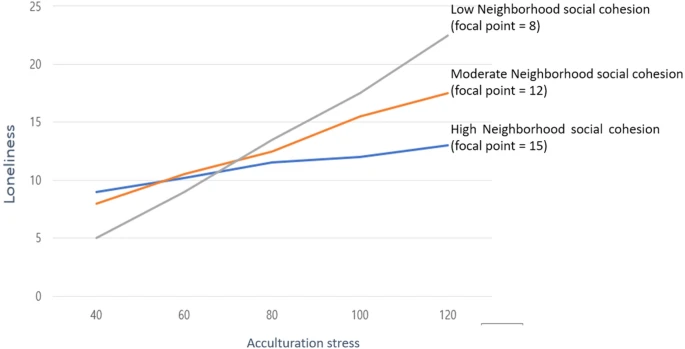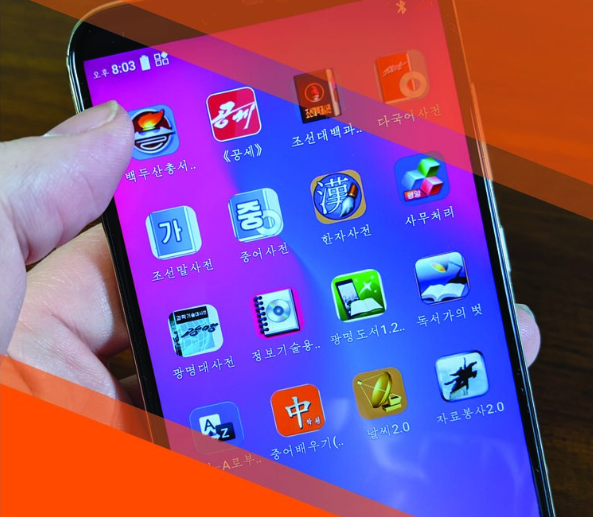Research report into how information is shared and disseminated in North Korean society. Types of information (news, videos, information), and the technology (USB, DVD, mobile, etc.) used to share that Technology, methodology and sources of information, and with whom information is likely to be shared, and where it is likely to be shared.
Key takeaways are as follows:
• North Korea’s information control strategy minimizes general social trust. Hence, strangers cannot be trusted, and supposedly neutral sites like outdoor spaces are dangerous for the acquisition of illicit content.
• Friends and family are trusted sources and conduits of information dissemination. The state has seemingly not been able to co-opt and control family and friendship bonds to any where near the same extent as it has fomented distrust between neighbors and strangers.
• Markets are less favored for foreign content acquisition than one’s own home or the homes of others, but the least favored place is general outdoor locations.
• Information dissemination strategies that rely on markets and commercial activities must reckon with the state’s relentless drive to control all activity outside the home.
• North Koreans are unlikely to share information with strangers, might share with a neighbor, and are likely to share with friends and family. If North Koreans acquire foreign information, they are highly likely to share it with friends and family (roughly 75% of the time).
• With whom North Koreans share information is influenced by the source.
• The North Korean state’s information control strategies appear to be adapted to the peculiarities of North Korean society. The North
Korean state remains dominant at every level of North Korean society.




